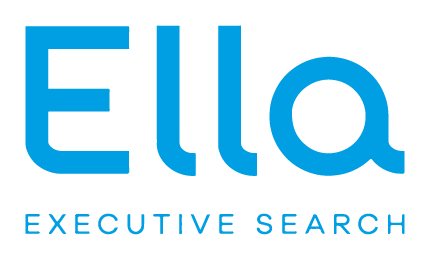What People Analytics can do for your business
You’re probably already saturated with the idea of People Analytics. Those who frequent corporate circles may already have heard or read about the “importance of data science in people management”. It’s the trend, it’s the future, and it’s also a big question mark. Everyone knows that the topic is of great relevance, but what, after all, can People Analytics do for a company?
The most obvious application– and perhaps the most demanded at the moment– is in recruitment, but People Analytics goes far beyond using algorithms to cull a more precise selection of candidates aligned with the needs of the organization. Many companies are interested in analyzing data to find cost reduction opportunities and one way to get such a result is to study the use of the health plan. By relating the quantity and types of consultations and examinations performed, it is possible to identify patterns and study the patient population to design more efficient preventive medicine programs. Basically, the system will generate reports based on the data of the use of the plan so that the company can advance in relation to these health problems and organize initiatives of a preventive nature.
In the same vein, it is possible to reduce expenses with the identification of charges and improper protocols, such as the value of only a double-debit examination or requesting reimbursement for a child who is no longer dependent. All these identifications are done automatically by the “machine”, allowing the HR professional to evaluate only the standout cases.
The training and development area can also benefit from the introduction of People Analytics. Imagine if you could cross-refer performance data, behavioral profiles, promotion histories, and feedbacks to define the best potential employees for leadership and then refer them to undergo specific training. Imagine a “list” generated based on data and not unconscious biases, favoritism or colleagues. Well, this is already done. Today, we can “customize” the algorithm so that it takes into account the criteria that best translates the profile of a leader of that company. The advantage of this is that, in addition to making a less biased selection, HR can advance the organization’s needs and goals.
For example, if there is a group of employees that tends to be promoted, on average, every 18 months and once every three years, it would be better to invest in development programs for the first group, as these people will most likely reach that threshold most quickly. The idea here is to use a set of information to evaluate the probability of promotion and make more timely investments in vocational training. Beware of one detail, though: the system will generate reports, but the interpretation of the information and the decision, in the end, is still yours. People Analytics is not a crystal ball that predicts the future of individuals and saves HR from any cognitive effort. Whoever waits for magic, well, maybe he’s acting on the wrong stage.




Comments are closed